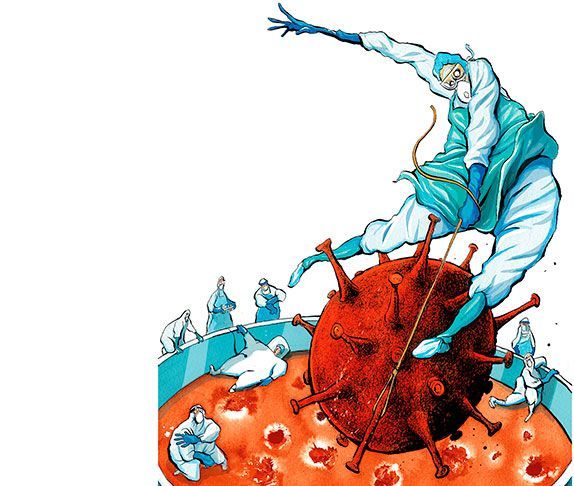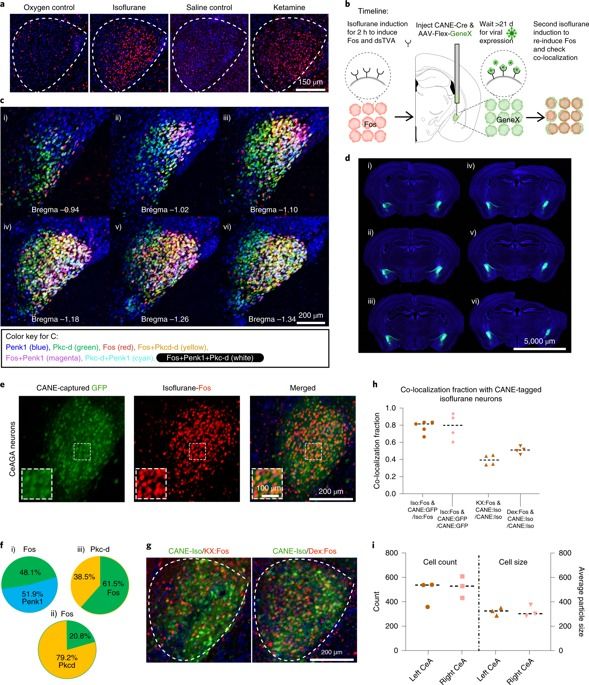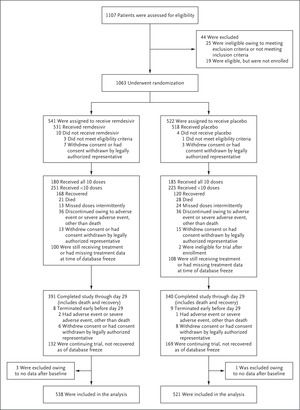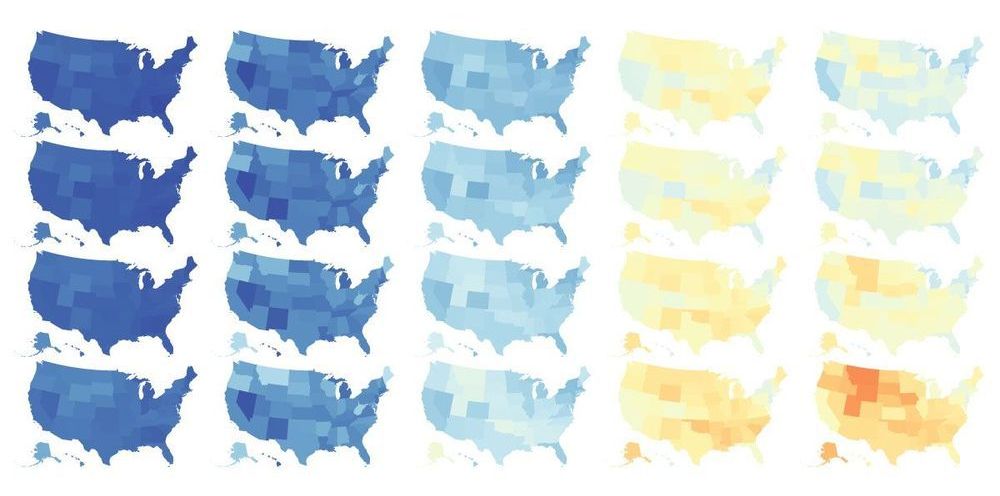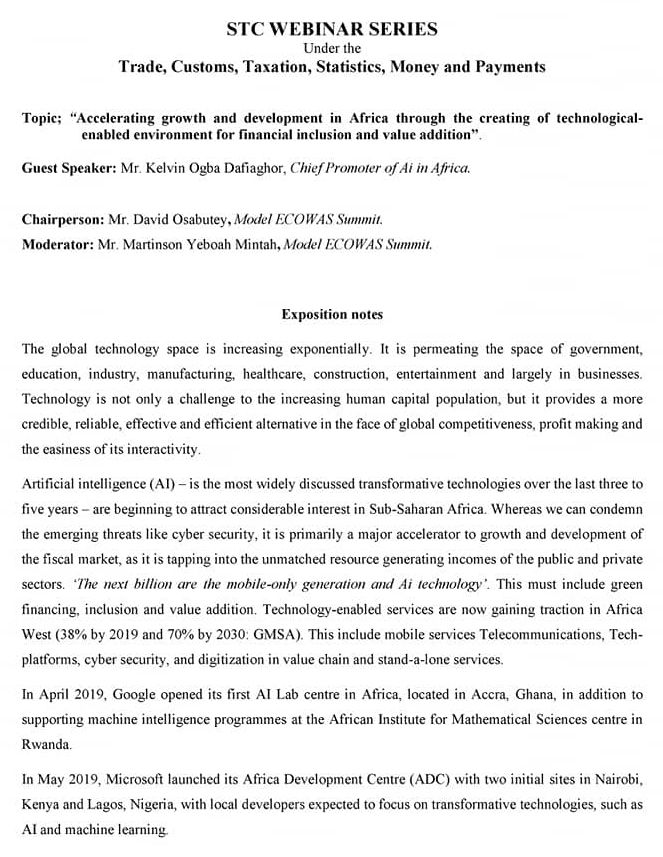I recently interviewed post-humanist Dr Francesca Ferrando on the relationship between the global transhumanist and post-humanist movements – might be of interest!
Blown away by the support since I launched my YouTube channel focused on futurist/transhumanist topics a couple of months back & have decided to invest in better equipment to boost the quality. In the meantime very grateful for any subscribers 😊.
I interview Dr Francesca Ferrando, founder of the Global Posthuman Network and Assistant Professor of Philosophy at New York University. Dr Ferrando explains why she identifies as a posthumanist and the relationship between the posthumanist and transhumanist movements.
You can order Dr Ferrando’s book, Philosophical Posthumanism, here: https://www.bloomsbury.com/us/philosophical-posthumanism-9781350059498/

